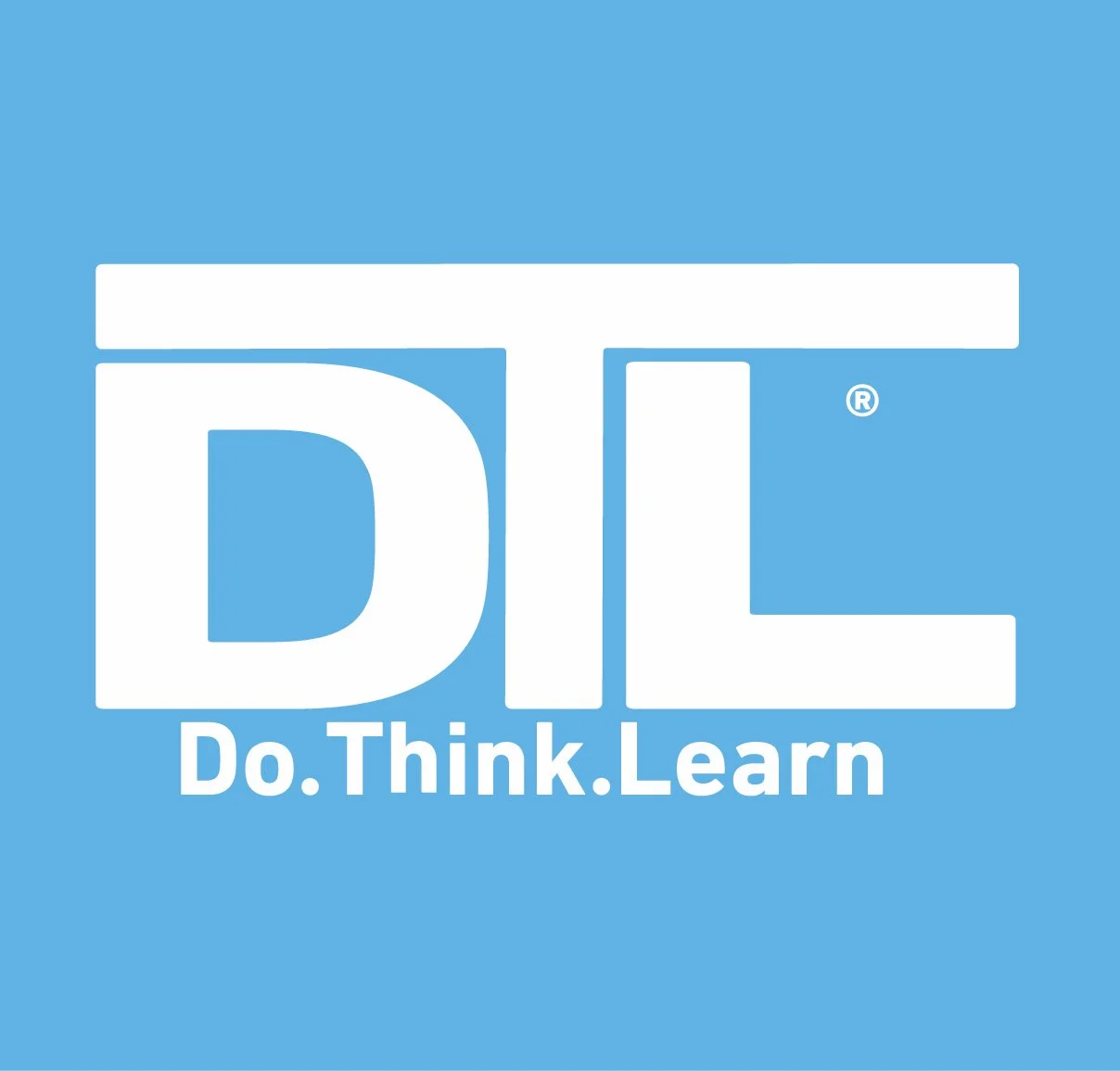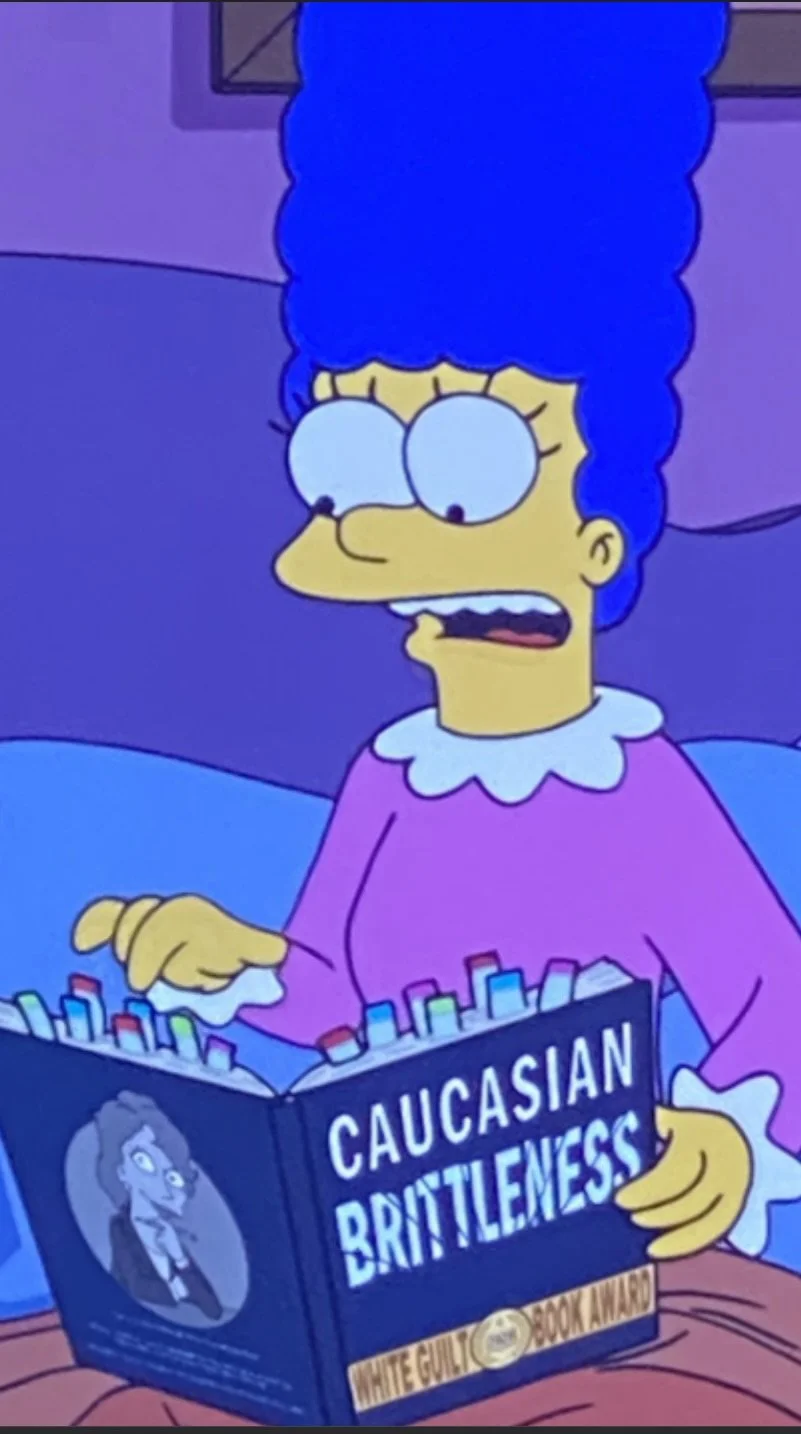In recent weeks I’ve caught more than a few mentions of diversity fatigue and rumblings about “just checking boxes” for diversity training. Numerous forces, both real and imagined, threaten Diversity, Equity, and Inclusion (DEI) work in the US. For a moment let’s leave political misinformation and manufactured outrage aside for a moment. These issues lead to crucial ideas being sidelined or ridiculed. As a teacher, when a lesson doesn’t go well and students don’t ‘get it,’ you don’t blame the lesson and you don’t blame the students. When things go sideways in class you stop and look for a better way to deliver the material.
If we really want to transform individuals and communities we have to ask, are there more effective ways to facilitate DEI education for adults and students out there?
In the wake of the murders of Breonna Taylor, Ahmaud Arbery, and George Floyd (and myriad others), Summer 2020 saw a spike in attention and awareness concerning equity, justice, and the layers of racism intertwined in America. Beyond the mass protests, numerous institutions began speaking up about and focusing on DEI in their organizations. And while their web sites and social media gave evidence to these practices, in too many cases, little structural change occurred. The dynamics of power remained largely intact.
DEI training was not new in 2020. However, it gained more attention as more and more businesses or schools began requiring this training. These trainings may or may not have had the intended impact within various institutions and organizations. Instead of transformative workshops and training, most organizations provided performative experiences that succeeded in only checking off some boxes and pissing people off.
After listening to a few different people discuss their recent DEI training experience, I spent some time reflecting on these practices from the perspective of both a facilitator and as a teacher.
Many of us have sat in the meeting. As people take their seats various thoughts and emotions swirl around the room. Eventually a supervisor introduces the trainer who proceeds to stand in front and speak to the group.
Having stood in front of the audience and in the audience for DEI training I can say that some sessions go better than others. A quick Google search gives us a window into the numerous perspectives regarding the effectiveness of DEI training. Once again we have to reflect on and examine how we impart transformative information on race, gender, sexuality, class, and power to a wide range of audiences.
In general, the practice for trainings such as this follows a Group Facilitation Model. A facilitator or co-facilitators leads a larger group of participants through an exploration of a specific topic or area of concern. This is not unlike how many classrooms work in school. Teachers often stand in front of class dispensing information, answering questions, and leading students from point A to point B in a given amount of time.
One of the most difficult aspects of group facilitation is finding the sweet spot for each group - finding activities and materials that work for all the different participants. Some call it the Goldilocks Approach. It’s usually a place of moderation - just far enough outside most people’s comfort zone but not so far out to squelch participation. The problem with this approach is that you’re usually teaching to the middle. While the heart of your standard distribution is addressed, both ends of the spectrum are left out. Some facilitators will teach to the tails of the distribution, but when this happens the majority of the group tends to have some big feelings about being left out. Oftentimes, no matter what you do, problems emerge.
In a classroom or group training session there are generally four basic groups of students/participants that you need to plan for and whose needs you will need to address throughout the session.
Four Types of Participants:
The Reluctant: Those who are not ready. For a variety of reasons they just are not ‘there’ yet. It is from this group that most of the push back and defensive behavior comes. Some have decided before walking in that they will not find value in the material or that they intend to disrupt and prove the trainer wrong.
The Ready Not Able: The participants in the group are psyched and engaged. However, their readiness is not a good match for the level of challenge the material provides. The ‘eager to learn’ individuals from this group sometimes reflect the adage of “ a little knowledge is dangerous.” Armed with powerful tools they don’t quite understand or have the strength to yield, they facilitate over their heads with a variety of repercussions.
The Ready Willing Able: The sweet spot of participants whose readiness matches the level of challenge. From within this congruence of challenge /skill readiness many positives emerge. This group listens, wants to learn, and become nascent practitioners of the material.
The Choir: This group represents the ‘Been There, Done That’ segment of your group. Academically these would be the students who understand the assignment, finish the assignment, and need more challenging assignments or they will get bored (and potentially disruptive). This group can be as difficult as the Reluctants. You have folks who have done some work but their participation can go a few ways. Some may go full know it all on you. This is the ‘ yep you’re preaching to the choir’ people. They’re comfortable in their advanced proficiency level but confuse that with mastery. They may present as an ally, but that kindred spirit has limitations. Oftentimes they prefer to not risk their proficiency and are reluctant to take on new layers of complexity and challenge. There’s also usually some “ the choir can always sing better’ individuals in the group. These folks have done some work and want to learn more. They are ready for more complexity and next level material.
The challenge for any teacher or facilitator becomes how to connect with and meet members of each of these groups in class or training where they are.
However, the Group Facilitation Model does not work that way. Think about how many classrooms work. The teacher leads and students follow. The teacher dispenses information and the class has to access and process the material. Start a task on Monday, get quizzed on it a few days later. Students ask questions and practice. If they ‘don’t get it’ they can ask questions. If they still don’t get it, they might be assigned some extra practice. If they still don’t get it, they do poorly on the assessment. I’m willing to bet you’ve been in a DEI training like this. At least as adults there aren’t too many quizzes at the end of trainings.
Fortunately this teaching strategy has begun to fade into antiquity. More recently teachers have begun to differentiate lessons to better meet the needs of students.
What if DEI training followed this approach? If more DEI training followed this approach and differentiated the material; perhaps these trainings would have a more profound impact on groups and institutions. Now maybe the top 5-10% of DEI facilitators do this already, but most sessions use the Group Facilitation Model. Companies do this in order to get everything done at one time. It's easier and more cost effective. However easy isn’t usually effective.
DIfferentiation works well in the classroom. It could, after solving some initial logistic questions, work equally well for DEI training in the workplace.
I have for some time differentiated DEI work in my classroom. This means assessing the readiness and willingness of the students as individuals and as a whole group to move into transformative education. Some groups and some individuals are more ready than others and some groups require baby steps. In order to differentiate academic or DEI topics requires knowing your audience. It means getting in the mix to talk with each individual and finding ways to explain difficult topics several different ways. Differentiated DEI is easier said than done, but worth the mess and struggle if it means getting each person down the road a bit further.
Instead of continuing with performative DEI work (which often exacerbates problems), schools and businesses can provide transformative experiences.
We don’t all learn academic skills the same way or at the same pace - why should learning DEI skills be any different. Differentiate DEI to improve learning outcomes. Meet people where they are, not where you think they should be. Our future may depend on it.

